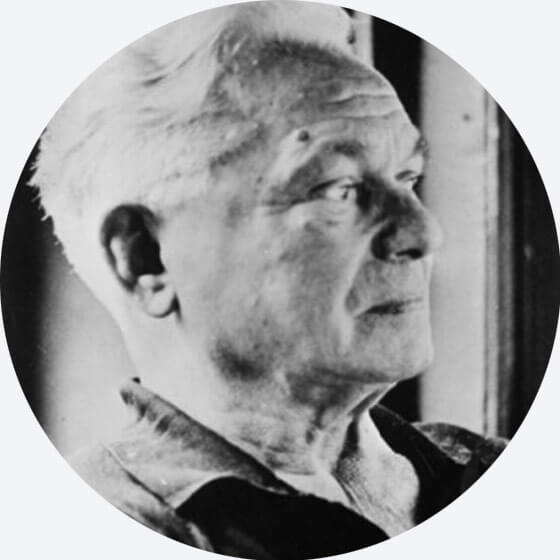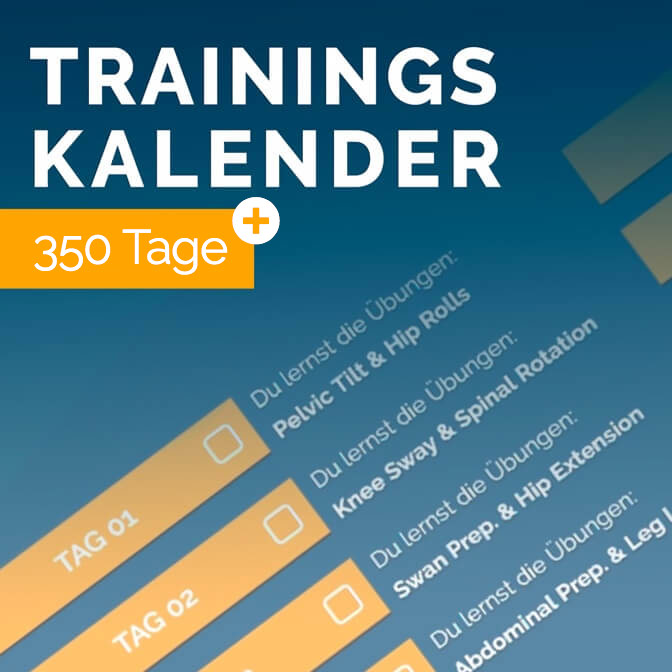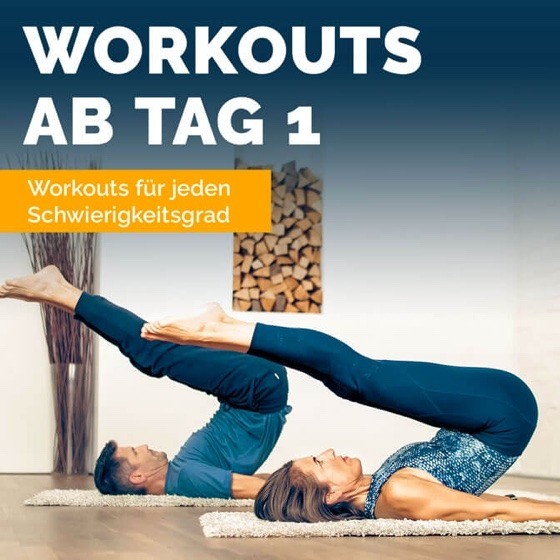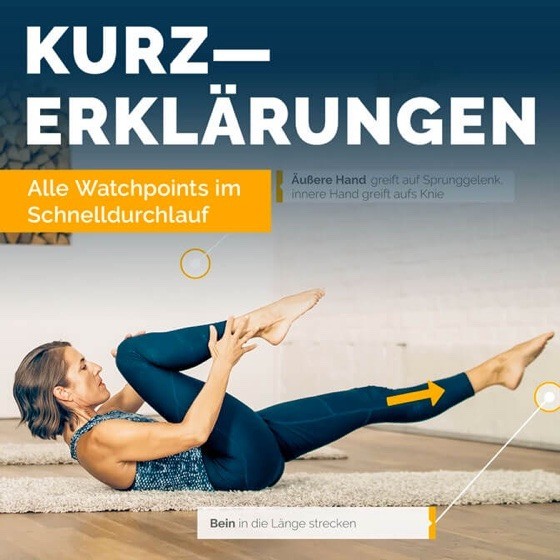
Pilates technique explained
The Pilates principles
by Maria Felsner
In Pilates we train according to the so-called Pilates principles. They form the foundation of the Pilates method. And should be incorporated into all exercises.
The main principles
Attempts, especially as Pilates Beginners to incorporate Pilates principles more and more into your workout. This helps you to be guided through the workout "with a common thread". The connection of the Pilates principles paves the way to correct exercise execution, more efficiency and higher resilience. Ultimately, you will become more aware of your own body with all your senses.
The main Pilates principles are:
BREATH
KONCENTRATION
CONTROL
CENTERING
PRECISION
FLOW OF MOVEMENT

"Pilates is not a system of arbitrary, haphazard exercises whose only goal is to produce bloated muscles. Quite the opposite - it has been designed and tested for over 43 years to make every muscle in the body as supple as the muscles of a cat".
JOSEPH PILATES
Breathing
Only through a deep and conscious Breathing it is possible to optimally supply the lungs as well as the muscles with oxygen. In Pilates, we breathe specifically into the rib cage or ribs. That is, you direct the breath down into the abdomen and feel the lower rib arches expand to the side.
The advantage of this breathing is that the chest expands three-dimensionally and the spine naturally straightens. The slightly forced exhalation supports you in activating the deep torso muscles as well as the pelvic floor muscles.
Concentrations
Concentration is a very important Pilates principle that makes this method a holistic workout.
If you do it with increasingly Pilates Training If you manage to focus on the exercise and its details, you will become better and better at activating and perceiving your muscles in a new way. Your movements become more economical. This leads to a more relaxed execution of the exercises.
Your energy is always where your attention is. So stay during the exercises with the full concentration at the exercise execution. Only in this way can you optimally build up the energy, in this case your strength.
For this reason it is recommended, especially for beginners, to train only 20 to 30 minutes or to train only as long as you really manage to be concentrated and focused "on the job".
Control
Through the controlled and conscious sequence of movements, incorrect loads and injuries are avoided. This is also true in other sports if you want to achieve an increase in performance. Without body control you can hardly ski or hit a fast tennis ball.
Although Pilates often looks easy, this is deceptive. Pilates is very challenging. In each exercise, the movements should be performed consciously and in a controlled manner. If you succeed increasingly better, this increases the quality of the training enormously.

"The benefits of Pilates depend solely on how closely you follow the instructions when practicing!
JOSEPH PILATES
Centering
In Pilates, we work from the center of our body. This is called the center of strength, or the "core" or "powerhouse" in English. This powerhouse, which represents the deep abdominal and back muscles, the pelvic floor and the diaphragm, is the initiator of every movement.
Even when we move our legs and arms, the control comes from the center of the body, from our center of strength. The optimal interaction of the above muscle groups results in a functional, stable body center.
In the eastern movement arts, this centering is also the focus of every movement.
The Centering also leads to more inner stability, helps to reduce stress and leads to more self-confidence.
Precision
Precision is another Pilates principle that is quite important to produce effective results with the exercises. It is not without reason that we mention many details in the exercise instructions in our training videos.
Of course, at the beginning of your Pilates training you can not focus on all the details of an exercise. Nevertheless, it is important to slowly develop there, so that the accuracy of the exercise execution is improved. On the one hand, this has the advantage that you are concentrated on the task at hand. Furthermore, this precision in the sequence of movements guarantees that the exercise works where it is intended and the Body awareness is trained.
Movement flow
The Pilates exercises line up in a Workout in a seamless flow to each other. Be careful not to lose the focus you have achieved in one exercise by hastily moving on to the next.
When you train as if the workout is a single choreography you are doing, your whole workout becomes a rhythmic flow of movement. You get into the "flow." This makes you feel relaxed, powerful and at the same time supple in movement. Nevertheless you are challenged.
You will notice very soon that your coordination improves not only physically but also mentally and your muscle activity becomes more economical.
Integration
You'll see on closer inspection that the Pilates principles are not so strictly separate and complement, interpenetrate and support each other.
Conscious breathing supports your flow of movement and improves your concentration. Better concentration allows you to make more precise movements.
A movement executed from your center gives you more control over your body. And so on...
Remember during your Pilates trainings always remember these principles and ask yourself if you have fulfilled them "in this particular exercise".





